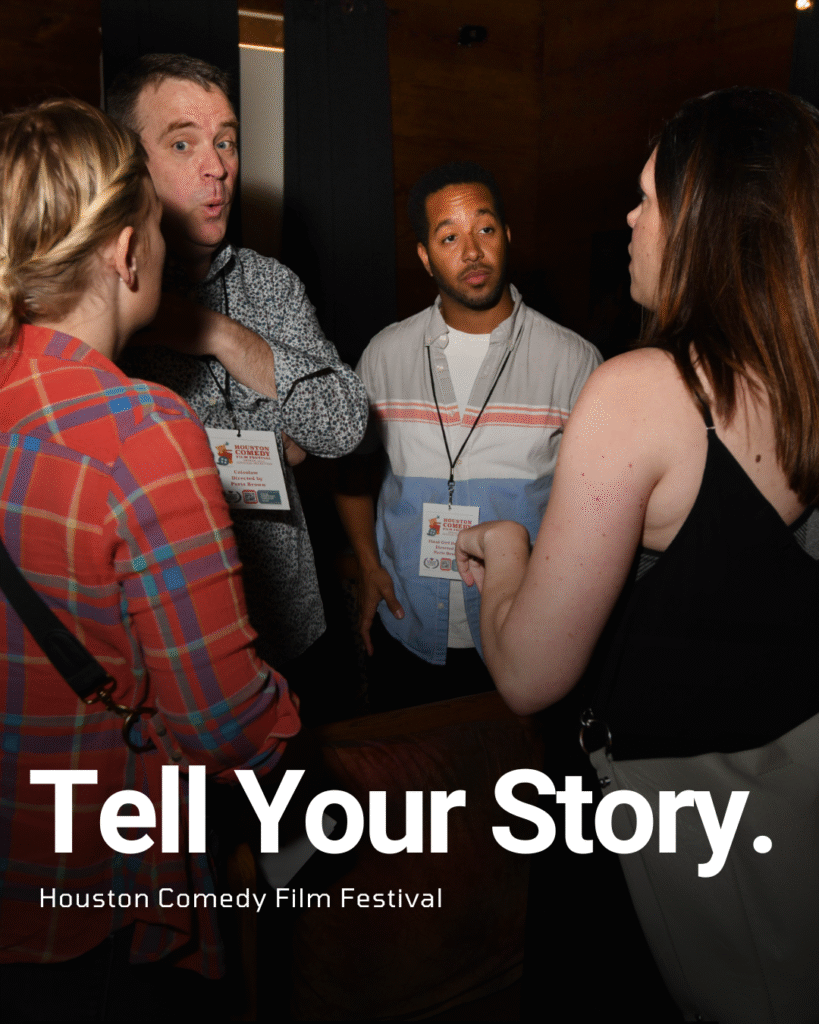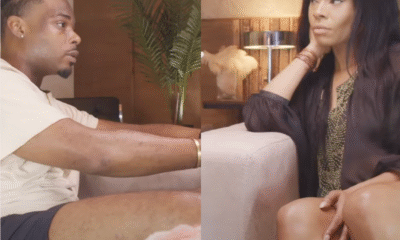Entertainment
Carline Manzo Sues Bravo: Claims Brandi Tongue-Kissed Her Without Consent on January 26, 2024 at 7:40 pm The Hollywood Gossip
Caroline Manzo officially has filed a lawsuit after the horrendous things she claims happened while filming Ultimate Girls Trip.
In a lawsuit filed by Caroline against Bravo, Peacock, and several other production companies associated with the show, she is alleging to be the victim of sexual harassment.
Yes, this is about the Brandi Glanville incident.
Caroline and Andy Cohen in happier times. ((Photo by Michael Loccisano/Getty Images for AHA))
Caroline Manzo’s Lawsuit & Claims Against Brandi Glanville
Real Housewife fans will recall that well into filming Ultimate Girls Trip in Morocco, both Caroline and Brandi left unceremoniously.
At the time, it was reported by sources that after an unwanted kiss from Brandi, Caroline exited. But according to the former RHONJ star, it was so much more than that.
According to documents obtained by Page Six, Caroline is suing for “negligence, sexual harassment, sex/gender discrimination, sexual battery and other causes of action that she says violate state laws in California and New York.”
The Real Housewives of Beverly Hills guest star Brandi Glanville in an episode from 2020. (Bravo)
She claims in the suit that the former Real Housewives of Beverly Hills star made unwanted sexual advances against Caroline without her consent.
According to her recount, Brandi allegedly forced herself on her and kissed her.
Brandi “then proceeded to mount Manzo on the couch holding Manzo down with her body, forcibly squeezed Manzo’s cheeks together and thrust her tongue in Manzo’s mouth, while humping her.”
Aside from being wildly inappropriate, the incident apparently resurfaced Caroline’s “dormant and horrific memories” of her sexual assault that took place when she was seven years old.
But the horror doesn’t end there.
Caroline Manzo with her family: her two sons and daughter. ((Photo by Mike Pont/Getty Images))
Caroline Suing Bravo, But Not Brandi?
Caroline insists in her suit that Brandi harassed her at the behest of production.
The incident described above apparently followed a separate time when Brandi “forced her vagina” against Caroline’s back.
When Caroline finally had enough, she arranged to have herself flown home from Morrocco. She claims that production followed and filmed her all the way to the airport.
((Photo by John Phillips/Getty Images))
To what end? She claims they were “gathering more ‘drama’ to increase their ratings.”
Surprisingly, Caroline is not suing Brandi directly, only Bravo and the aforementioned list of production companies involved with the show.
‘Ultimate Girls Trip’: Will It Air?
As of now, Brandi, nor Bravo or Peacock has made an official statement on the lawsuit.
The big question now is if the series will ever even air. Given what has allegedly let down, sources close to the production have said that the project has been shelved indefinitely.
However, it’s not just UGT that is in jeopardy.
Brandi Glanville speaks onstage during the ‘Famously Single’ panel at the 2016 NBCUniversal Summer Press Day. ((Photo by Frederick M. Brown/Getty Images))
“‘Ultimate Girls Trip’ Morocco is probably never going to air, and now they are thinking about tabling ‘[RHONY] Legacy’ also,” one insider shared with Page Six.
“NBC is really pissed off because they feel like Bravo let [production company] Shed ruin multiple shows, ‘RHONY’ obviously [being one].”
Meanwhile, despite not making an immediate statement on the lawsuit, Brandi has attempted to clear her name up until this point.
Brandi’s attorneys sayid back in March that Shed Media (owned by Warner Bros even though they produce Ultimate Girls Trip) have hot mic audio at exonerates Brandi from these claims.
There is supposedly no filmed footage of the incident.
Carline Manzo Sues Bravo: Claims Brandi Tongue-Kissed Her Without Consent was originally published on The Hollywood Gossip.
[[{“value”:”The shocking claims against Brandi include sexual harassment & more.
Carline Manzo Sues Bravo: Claims Brandi Tongue-Kissed Her Without Consent was originally published on The Hollywood Gossip.”}]]
The Hollywood Gossip Read More
Entertainment
Kim and Kanye’s Daughter North West Faces Criticism Over Her Tattoos

North West, the 12-year-old daughter of Kim Kardashian and Kanye West, is under the spotlight once again — this time for showing off a collection of tattoos that set social media on fire. In recent photos and videos circulating online, North was seen with several arm designs, including tributes to her parents and fashion-inspired symbols. While fans were quick to admire her bold style, not everyone was impressed.
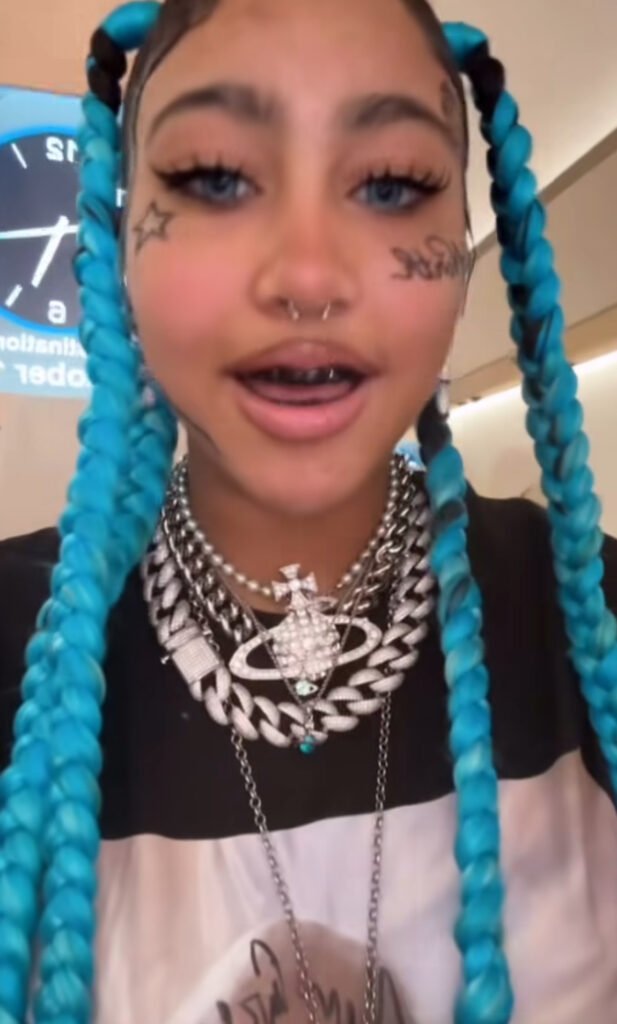
Critics argue that the tattoos — even though they appear to be temporary — are another example of celebrity children being pushed into adult trends too early. Comments flooded social media platforms, with some users saying Kim allows North too much freedom, while others defended the reality star’s parenting approach, praising her for letting her daughter explore creativity and self-expression.
“Kids should be kids,” one commenter wrote, reflecting a broader sentiment among parents online. Meanwhile, supporters pointed out that North comes from one of the most fashion-forward families in the world and that experimenting with style is part of her upbringing.
Kim Kardashian has not directly addressed the controversy, but she has often spoken about encouraging her children to express themselves authentically. North, already known for her viral TikTok appearances and fashion collaborations, seems unfazed by the criticism.
At just 12, North West continues to blur the lines between youth culture and celebrity identity — reminding the public that in the Kardashian–West household, individuality isn’t just allowed, it’s celebrated.
Entertainment
Jennifer Lopez’s Ex Fires Back: “You Are the Problem”

Ojani Noa Accuses J.Lo of Cheating After “Never Been Loved” Comments
Jennifer Lopez is once again at the center of a media storm — but this time, it’s her first husband, Ojani Noa, turning up the heat. Following Lopez’s recent Howard Stern Show interview, in which she claimed she has “never been truly loved” by any of her exes, Noa has publicly accused the superstar of cheating and playing the victim.
In the viral Instagram post that has now spread across major outlets like TMZ and New York Post, Noa didn’t hold back.
“Stop putting us down. Stop putting me down with your victim card,” he wrote. “The problem is not us. Not me. The problem is you. You’re the one who couldn’t keep it in your pants.”
“You Chose Fame and Lies Over Love”
Noa and Lopez were married briefly from 1997 to 1998, before her rise to Hollywood superstardom. In his explosive statement, he accused her of being unfaithful during their marriage, claiming she prioritized fame over their relationship.
“You have been loved a few times. You’ve been married four times. And have had countless relationships in between,” Noa continued. “You decided to lie, to cheat on me. You begged me to keep the marriage intact to avoid bad press.”
Noa described himself as “faithful, honest, and loving,” saying he uprooted his life and career to support Lopez at the beginning of her entertainment journey. “I left my family, my friends, everything behind for you,” he wrote, “but once fame came calling, you left me behind.”
Lopez Silent Amid Growing Backlash
As of now, Jennifer Lopez has not publicly responded to Noa’s allegations. During her Howard Stern interview, the singer and actress claimed her former partners “weren’t capable” of loving her, saying, “It’s not that I’m not lovable… it’s that they’re not capable.”
Her remarks were widely interpreted as referencing all of her ex-husbands — including Marc Anthony, Cris Judd, and Ben Affleck — but it was Noa who reacted first and most forcefully. His comments have ignited widespread debate online, with many questioning whether Lopez’s honesty came at the expense of others’ reputations.
Public Response and Media Fallout
The online reaction has been intense, with social media users split between defending Lopez’s right to share her truth and blasting her for allegedly rewriting history. Meanwhile, entertainment analysts note that the controversy adds to an increasingly turbulent year for the singer, following canceled tours, underperforming films, and ongoing scrutiny over her marriage to Affleck.
This latest backlash has also reignited conversations about Lopez’s highly publicized romantic history. As tabloids and fans speculate whether more exes might respond, the situation underscores an old truth in celebrity culture — that every candid confession comes with consequences.
For now, Jennifer Lopez remains silent. But in the court of public opinion, the debate about who’s really at fault in her love story is only just beginning.
Entertainment
Selling Your Soul in Hollywood: The Hidden Cost of Fame
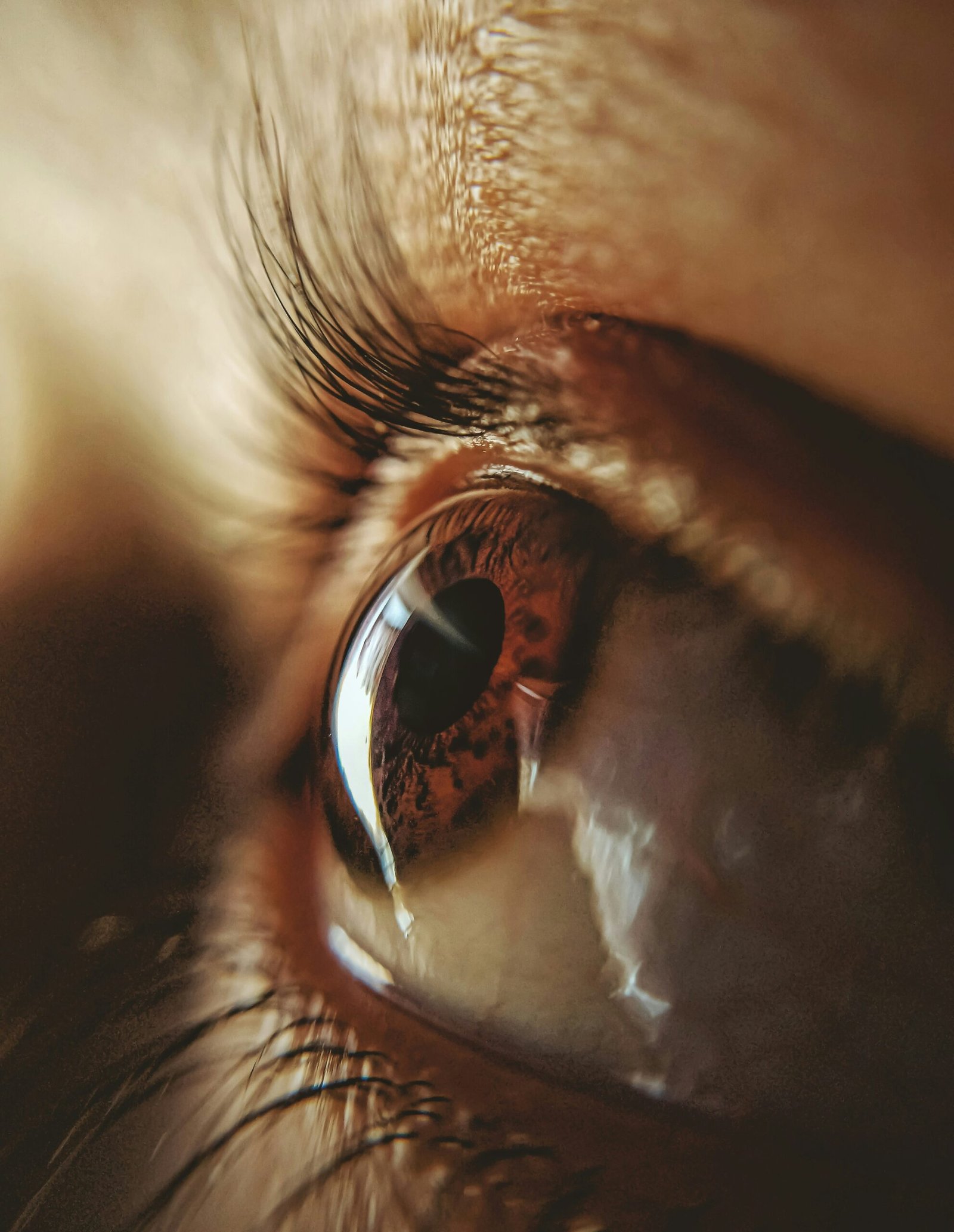
By all appearances, Hollywood is a dream factory — a place where charisma, talent, and luck collide to create stars. But behind the camera lights and red carpets lies a conversation few inside the industry speak openly about: the spiritual and moral price of ambition.
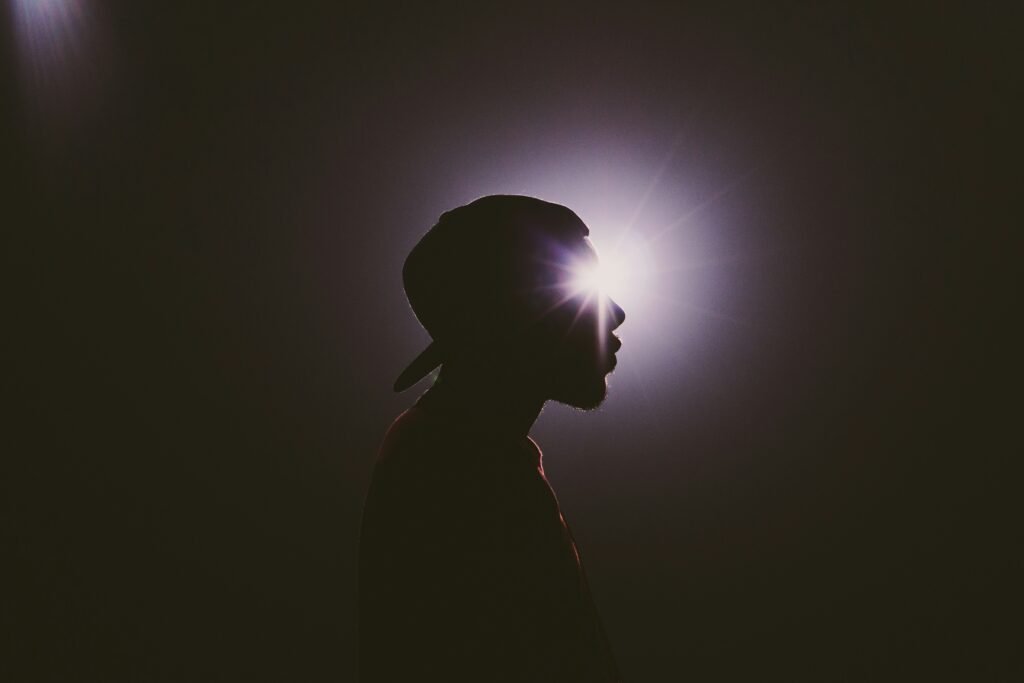
For actor Omar Gooding, the idea of “selling your soul” in Hollywood isn’t a metaphor — it’s a moral process that begins with tiny compromises. In an October 2025 interview, Gooding explained that no one in Hollywood makes a literal deal with the devil. Instead, it’s the quiet yeses, the moments when comfort overrides conviction, that mark the beginning of the trade. “They don’t say, ‘Take this or you’ll never make it,’” he said. “They just put it in front of you. You choose.”
Those choices, he argues, create a pattern. Once you show that you’ll accept something you once resisted, the industry notices. “Hollywood knows who it can get away with what,” Gooding said. “One thing always leads to another.” The phrase “selling your soul,” in this context, means losing your say — doing what you’re told rather than what you believe in.
That moral tension has long shadowed the arts. Comedians like Dave Chappelle, who famously walked away from millions to preserve his creative integrity, often serve as examples of where conviction and career collide. In resurfaced interviews, Chappelle hinted that he felt manipulated and silenced by powerful figures who sought control of his narrative, warning that “they’re trying to convince me I’m insane.”
This isn’t just about conspiracy — it’s about agency. Hollywood runs on perception. Performers are rewarded for being agreeable, moldable, entertaining. Those who question the machine or refuse the script risk exile, while those who conform are elevated — sometimes beyond what they can handle.
“We see the ‘collections’ all the time,” Gooding explained. “When the bill comes due, you can tell. They made that deal long ago.”
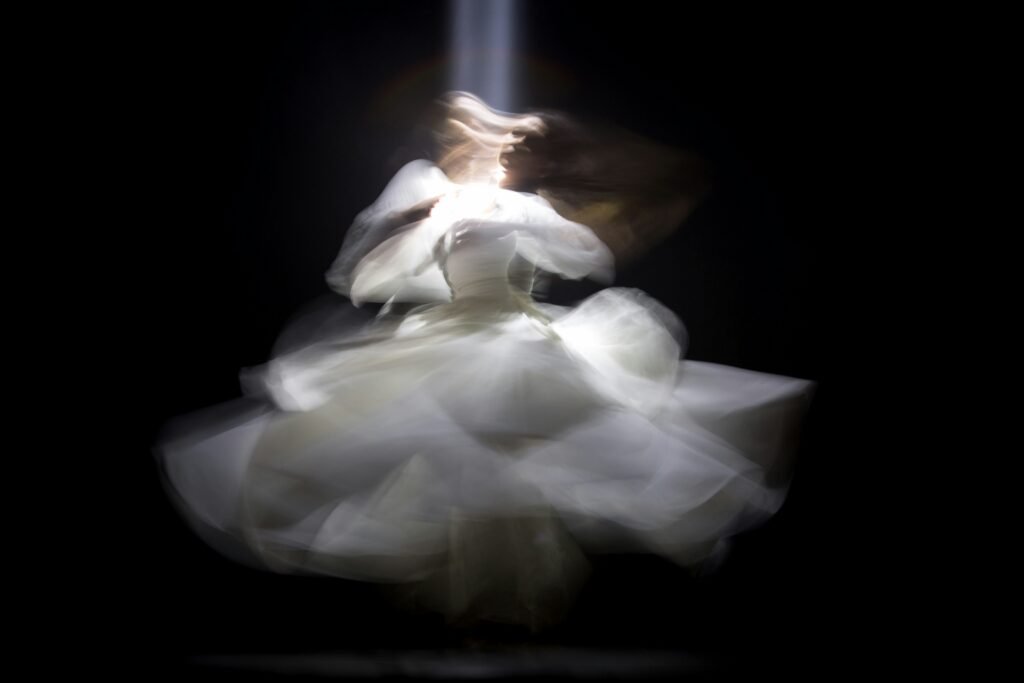
But the story doesn’t end in darkness. Gooding also emphasizes that in today’s entertainment landscape, artists have more control than ever. With streaming, social media, and creator‑driven platforms, performers don’t have to “play the game” to be seen. Independent creators can build their own stages, speak their own truths, and reach millions without trading authenticity for access.
Still, the temptation remains — recognition, validation, quick success. And every generation of artists must answer the same question: What are you willing to do for fame?
As Gooding put it, “You just make the best choices you can. Because once it’s gone — your name, your peace, your soul — there’s no buying it back.”

 Business3 weeks ago
Business3 weeks agoWhy Are Influencers Getting $7K to Post About Israel?

 Entertainment3 weeks ago
Entertainment3 weeks agoKeith Urban and Nicole Kidman Split After 20 Years as Actress Files for Divorce

 Entertainment4 weeks ago
Entertainment4 weeks agoTilly Norwood’s Rise Stirs Controversy

 News4 weeks ago
News4 weeks agoHow a Government Shutdown Could Hit Your Life and Wallet

 Entertainment4 weeks ago
Entertainment4 weeks agoWhy Did Dakarai Trash His NBA Letters?

 Business3 weeks ago
Business3 weeks agoOverqualified? Great, Now Prove You’ll Work for Free and Love It!

 Politics4 weeks ago
Politics4 weeks agoKamala’s First Big Interview: Protest or Get Played

 Entertainment3 weeks ago
Entertainment3 weeks agoJudge Sends Diddy to Prison for 50 Months




